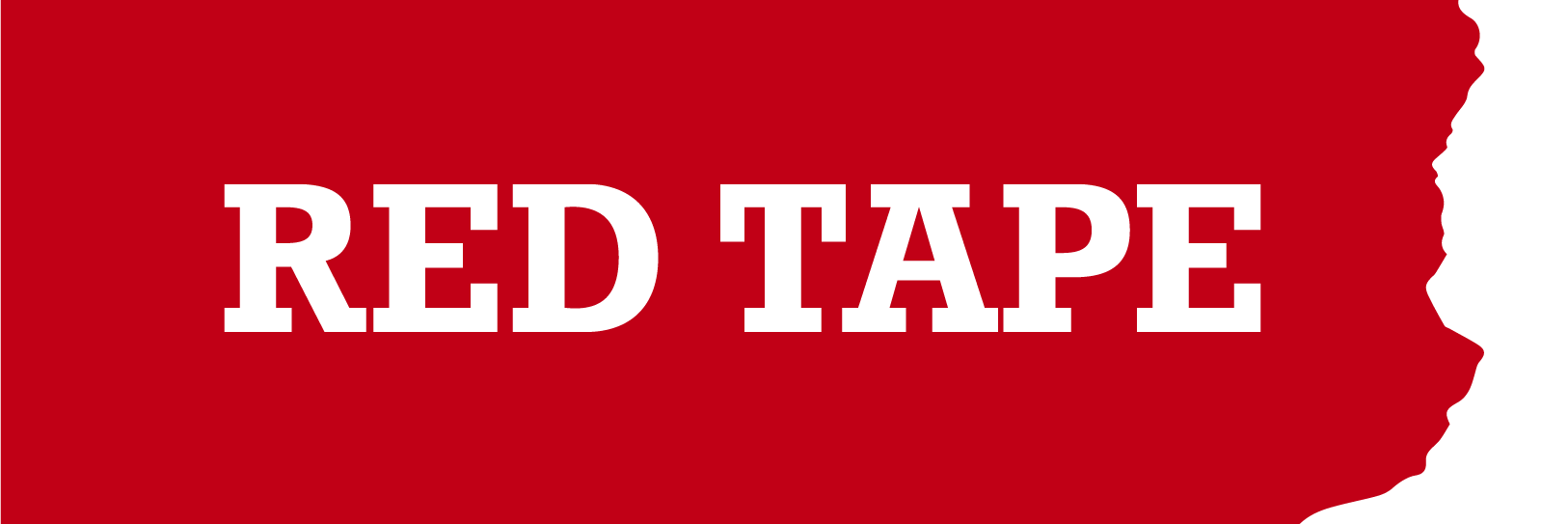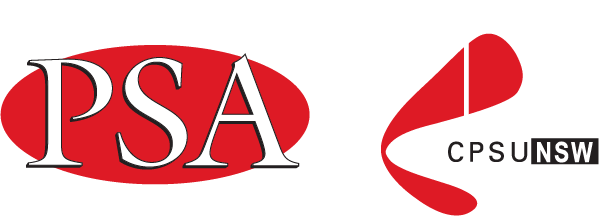A major risk to the mental health and wellbeing of workers is bullying and harassment in the workplace. Regardless of whether bullying or harassment occurs via physical, verbal or non-verbal conduct, it can be a major risk factor for psychological injuries potentially resulting in anxiety, depression and suicide, and can adversely affect an individual’s psychological and physical health.
Bullying
Bullying is repeated, offensive, abusive, intimidating, insulting or unreasonable behaviour directed towards an individual or a group, which makes the recipient feel threatened, humiliated or vulnerable. Bullying includes, but is not limited to:
- Abusive, insulting or offensive language or comments
- Physical or emotional threats
- Aggressive and intimidating conduct
- Victimisation
- Practical jokes or initiations
- Unjustified criticism or complaints
- Deliberately excluding someone from work-related activities
- Withholding information that is vital for effective work performance
- Setting unreasonable timelines or constantly changing deadlines
- Setting tasks that are unreasonably below or beyond a person’s skill level
- Denying access to information, supervision, consultation or resources to the detriment of the worker
- Spreading misinformation or malicious rumours, and
- Changing work arrangements such as rosters and leave deliberately to inconvenience particular workers.
Harassment
Harassment is any unwanted physical, verbal or non-verbal contact based on grounds of age, disability, gender identity, marriage and civil partnerships, pregnancy or maternity, race, religion or belief, sex or sexual orientation. It can affect the dignity of anyone at work or create an intimidating, hostile, degrading, humiliating or offensive environment. It includes, but is not limited to:
- Insensitive jokes and pranks
- Lewd or abusive comments about appearance
- Deliberate exclusion from conversations
- Displaying abusive or offensive writing or material
- Unwelcome touching, and
- Abusive, threatening or insulting words or behaviour
Where any incidents of bullying or harassment are identified, they will be addressed via a disciplinary procedure in line with the employer’s disciplinary policies and procedures.
If the behaviour involves violence such as physical assault or the threat of physical assault, the matter should be reported to the police.



















Leave a Comment
Your email address will not be published. Required fields are marked with *